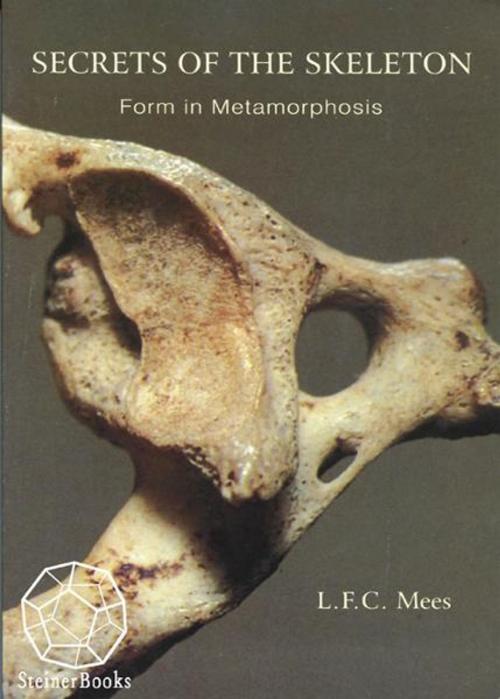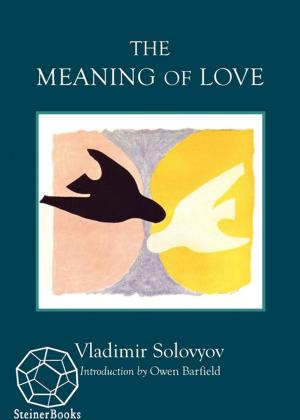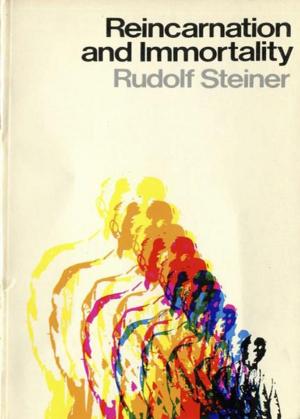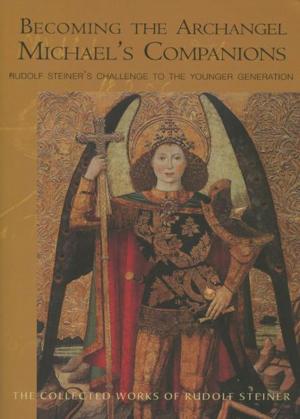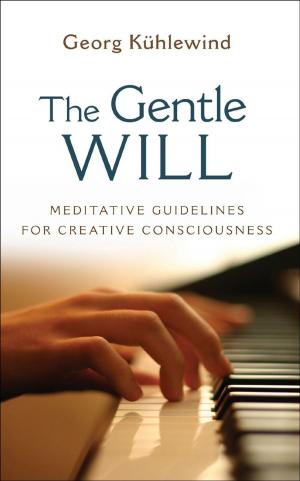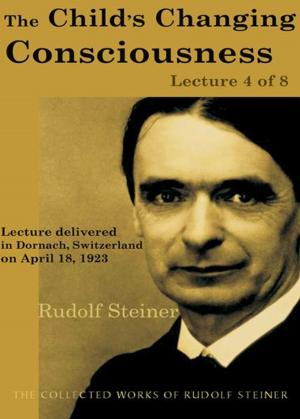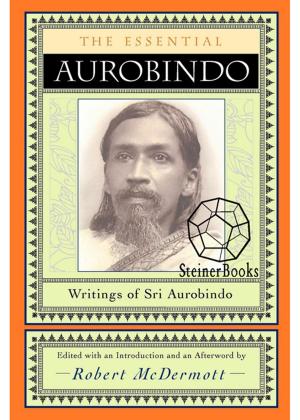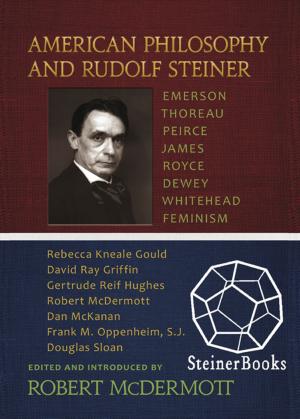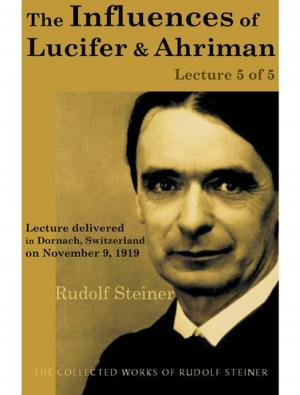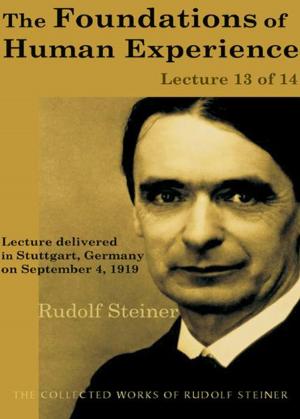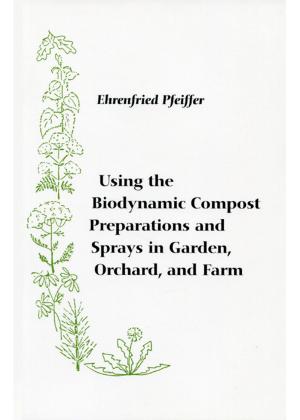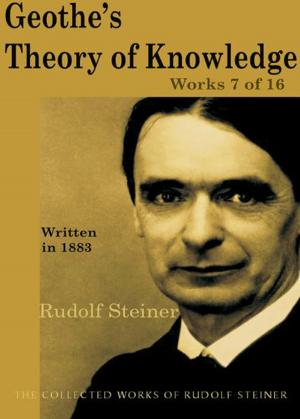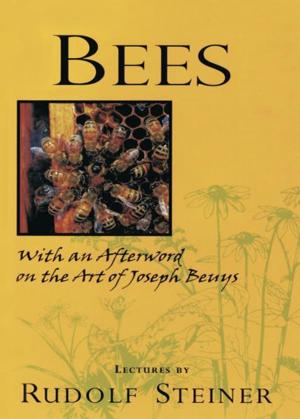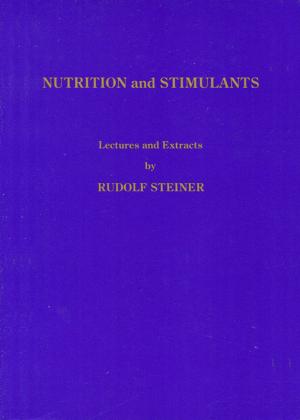Secrets of the Skeleton: Form in Metamorphosis
Nonfiction, Science & Nature, Science, Biological Sciences, Human Physiology| Author: | L. F. C. Mees | ISBN: | 9781621510888 |
| Publisher: | Steinerbooks | Publication: | May 1, 2005 |
| Imprint: | SteinerBooks | Language: | English |
| Author: | L. F. C. Mees |
| ISBN: | 9781621510888 |
| Publisher: | Steinerbooks |
| Publication: | May 1, 2005 |
| Imprint: | SteinerBooks |
| Language: | English |
In this seminal study of human bone forms, Dr. Mees reveals the skeleton as an articulate work of art. But who is the artist? Using a blend of phenomenological observations and artistic intuition, the author carefully explores the anatomical facts of the human skeleton, with the beauty of many bones impressively described and illustrated through numerous parallel photographs and illustrations. Dr. Mees discovers numerous intriguing correspondences of form, especially between bones of the lower body and those of the skull. Interpreting the gestural language hidden within the skeleton from the background of Rudolf Steiners spiritual science, the author reaches startling conclusions concerning those correspondencesconclusions that support the reality of reincarnation and the concept of a body of formative forces, or what some call the human etheric body. The book also contributes a discussion of polarity and intensificationthe essential laws of metamorphosis, as discovered by Goethe and revealed in his writings. Mees clarifies the various types of metamorphosis as characterized by the living realms of plant, animal, and human, and this, in turn, sheds new light on the creationist vs. evolutionary controversy, as well as several other contemporary spiritual dilemmas.
In this seminal study of human bone forms, Dr. Mees reveals the skeleton as an articulate work of art. But who is the artist? Using a blend of phenomenological observations and artistic intuition, the author carefully explores the anatomical facts of the human skeleton, with the beauty of many bones impressively described and illustrated through numerous parallel photographs and illustrations. Dr. Mees discovers numerous intriguing correspondences of form, especially between bones of the lower body and those of the skull. Interpreting the gestural language hidden within the skeleton from the background of Rudolf Steiners spiritual science, the author reaches startling conclusions concerning those correspondencesconclusions that support the reality of reincarnation and the concept of a body of formative forces, or what some call the human etheric body. The book also contributes a discussion of polarity and intensificationthe essential laws of metamorphosis, as discovered by Goethe and revealed in his writings. Mees clarifies the various types of metamorphosis as characterized by the living realms of plant, animal, and human, and this, in turn, sheds new light on the creationist vs. evolutionary controversy, as well as several other contemporary spiritual dilemmas.
